By Joel Lozon
Aerial photo of just finished modern neighborhood with solar panels on flat roofs showing the large apartment building in front and the smaller homes in the background.
This is part two of an article that published its first part in Waterproof! Magazine’s Winter 2021 issue. If you want to refresh your memory on that article, which compared TPO and PVC, check it out here: https://www.waterproofmag.com
In that article, we explained what all the letters mean. Namely, that TPO stands for Thermoplastic Polyolefin. Believe it or not, TPO is actually in a broad family of rubber roofing materials. TPO is a blend of polypropylene and ethylene-propylene rubber.
EPDM stands for Ethylene Propylene Diene Monomer. It is a synthetic rubber derived from oil and natural gas (ethylene propylene). When the ethylene propylene is combined with diene (an unsaturated hydrocarbon alkene containing two carbon-to-carbon double bonds), the flexible EPDM membrane is created.
The term PVC stands for Polyvinyl Chloride. PVC materials are produced by a chemical reaction, known as polymerization. (Polymers are a natural or synthetic compound that consist of large molecules made of many chemically-bonded smaller molecules, known as monomers.) PVC is produced by the gaseous reaction of ethylene with oxygen and hydrochloric acid.
Those aren’t the only roofing acronyms out there, but they are the ones that most contractors are likely to encounter. Some others are CSPE, which stands for Chlorosulfonated Polyethylene; PIP for Polyisobutylene; and KEE for Ketone Ethylene Ester. In this article, I’m only covering TPO, EPDM, and PVC because, frankly, they are the most commonly used products in the roofing industry today.
Let’s dive into EPDM and then we’ll get to the wrap-up that compares all three, along with information on how to make the best choice for your project.
EPDM
EPDM can be either vulcanized, which means it can be dried out and cured into sheets, or it can be non-vulcanized, which leaves the material in a semi-solid state. The vulcanized EPDM is what is used as a roofing membrane. The non-vulcanized EPDM is usually used for detail work or flashing of the cured roofing material.
EPDM is a synthetic rubber, and it is fair to say that its main characteristic is that it is black. Some say that’s good and some say that’s bad. I think the marketplace has begun saying more and more that a black roof is bad. I say that for two important reasons. First, white roofing membranes have really been pushed. From the federal government down to local business owners, white roofing has really begun to take over and is being specified more and more.
The second reason I feel that black EPDM has been considered a less than stellar option is because the market says so. I know that sounds very similar to the first reason. But this actually refers to the manufacturers themselves and not the policymakers. Many manufacturers have begun selling ‘white-on-black’ EPDM (in some cases for the second time), obviously trying to take a cue from the marketplace. It’s logical reasoning: If black roofs are so good, why the push for white roofs, why the development of white-on-black EPDM? I realize that there may be a lot of political reasons for pushing white roofing, but not everything is a conspiracy.
Make no mistake, black EPDM is not going away. Not anytime soon anyway. With arguably about 95% of all EPDM roofs being black, it appears that many are convinced that a black EPDM roof is the way to go. But I also feel that there are reasons that black EPDM still has a foothold. It boils down to four reasons:
The white-on-black EPDM is not as stable (durable) as the standard black and therefore, people choose to stay with what works.
I believe that people, i.e., architects, general contractors, property owners, and specifiers, believe that EPDM—because it’s “rubber”—is cheap. Though that’s not true, I still see this type of perception, in new construction especially.
There is a common misconception that a black roof in the northern, cooler climates is actually better than having a white roof. Again, while this is not totally true, the perception that it is drives a lot of decision-makers to ask for black EPDM, especially in those northern climates.
EPDM, with all of its real or imagined pros and cons, is a good roofing membrane in its own right. It has a long track record, and people tend to go with what they know. EPDM is a known quantity. Is it the best? Not in my opinion, but it certainly is not the worst.
Architects are only familiar with a small number of products and they go with what they know. (1… 2… 3… 4… 5, that’s five reasons. I said there were only four, but this reason is really just an extension of reason 1. It’s either that or I have to go back and change “four reasons” to “five reasons.” I just don’t have the time. I’m on a roll.)
I’ve mentioned this mysterious material known as “white-on-black” EPDM several times already. What is it? Well, the white-on-black EPDM (WB EPDM) is a laminate material, where the standard, black EPDM makes up the bulk of the membrane. WB EPDM is more expensive than the standard black. Not incidentally, if someone wanted a white roof in the first place, they’d often be better off with a roofing membrane that’s white to begin with; i.e., TPO or PVC.
WB EPDM has actually been around for a long time. But it didn’t work, and many manufacturers discontinued it. In recent years, due to the rising concern of “global warming” and other environmental issues—real or imagined—WB EPDM has made somewhat of a rebound. However, many of the same problems that affected the original product still (or, again) affect today’s version.
As already mentioned, WB EPDM is a laminate. The “white” in WB EPDM is laminated on top of a standard black sheet. Digressing slightly, the standard EPDM membrane contains carbon, which provides significant stability and structural strength to the material, but it also makes it black. WB EPDM is obviously white. This is because titanium oxide is added to the laminated piece. This produces the white color. But it also causes the surface to be very unstable. It chalks badly, which can make it very difficult to seam correctly. Usually by the time the warranty term is up, it has worn away to the point that all that is left is the black EPDM membrane underneath.
It is interesting that this titanium oxide is not added to the whole membrane; it is added to a separate piece that is laminated on the top of the standard membrane. If the titanium oxide was such a good addition to the product then why not add it to the entire membrane and make the entire membrane white? It’s obvious, the membrane would fail. Basically the white laminate on top is to address the need for a white roofing material on a product that is by its very nature black. Some would conclude that if you are going to go with an EPDM roof, then go with the black and then coat it with a reflective elastomeric roof coating. But then you’re back to the point where you’d need to ask yourself, “Why install a black roof and coat it white? Why not just get a roof that is white to begin with?”
A properly seamed and installed black EPDM roof is very good at handling rain, snow, UV rays, abrasions, ozone, and temperature fluctuations. In higher temperatures, however, the membrane—especially at the seams—can begin to shrink and pull apart. This is one reason why EPDM is often coated with a reflective elastomeric top coat. Such an application keeps the product cooler and less prone to deteriorate under the added heat. As mentioned previously, there is some debate as to whether or not a black EPDM roof is best for colder climates. There is an answer, but that is beyond the scope of this article. It is definitely an issue you should educate yourself about. You may be surprised by the faulty reasoning people sometimes use to sell their product.
Animal and vegetable oils, as well as petroleum-based products are typically not good for EPDM membranes because of the swelling and distortion that can occur when such products come into contact with the membrane. As with all roofing systems, the seams are the most precarious for an EPDM roof. The membrane can last a long time, but the seams—even when properly installed—will dry out, shrink, and create problems. Usually this is mitigated by an extensive repair and maintenance program that involves coating the seams with a white roof coating. This keeps the seams cooler and helps to prevent dry-out and shrinkage. A properly cared for EPDM roof can last a long time. But it is not as cheap as some people think.
In addition to the rigorous maintenance that an EPDM roof should get, a main reason it is not an especially cheap roof is because of the way it is installed. Unlike TPO and PVC roofs that are often mechanically attached, an EPDM roof is most often fully adhered. This means that it requires glues to adhere it to what’s underneath. The seams are either glued with the rest of the roof (different process, same result) or they are taped. But the point is that glues used to fully adhere an EPDM roof are not cheap. Also, because it is often installed over insulation, which is usually mechanically attached, significantly more fasteners are required to secure the underlying material to which the EPDM is glued. In cases where everything is glued, including the insulation, that just raises the cost because more glue is needed to secure the roof assembly together.
One advantage of an EPDM roof is that the average sheet size can be quite large. Whereas the standard TPO system comes in rolls of 5, 8, 10, or 12 feet wide (by 50 or 100 feet long), an EPDM sheet can easily be ordered in a 50-by-50-foot section. This allows for fewer seams than its TPO counterpart. The average thickness for an EPDM membrane is about 45 to 60 mils. (As mentioned before, a mil is 0.001 of an inch; 45 mils equal 0.045 inches).
Product Summary
Of course, not everything about each of these three roofing membrane systems can be addressed here. I fear this is already too long of an explanation. It would be okay if roofing was exciting, but it’s not. Thanks for hangin’ in there. But briefly covering the basics is an important first step. At least now you have a general understanding of the differences. I recommend researching individual product sites. Since no two manufacturers are the same, it’s good to know how the manufacturers advertise their strong points. But with that being said, it would also be prudent to research less biased sources, such as the National Roofing Contractors Association at www.nrca.net. Much of the information contained in this article was developed from research done through that source.
- There are a lot of items to consider, many we didn’t discuss in these two articles, such as:
- Mechanically attached vs. fully adhered vs. ballasted?
- Does a reinforced membrane make more sense than a non-reinforced membrane?
- Which reinforcement type is the best?
- Should I get a roofing system that is heat-welded at the seams, or one that is glued or taped?
- Which manufacturer offers the best product?
- How does a manufacturer’s warranty fit into the picture?
As you can see, there really is a lot of information related to this subject. With busy lives and limited opportunities to self-educate, what are you to do? Well, my recommendation is to contact a reputable roofing contractor, maybe more, that specializes in flat roof installations. Since each roof and existing circumstance is different, just ‘throwing on’ the first roofing system you come across is often not going to be met with the result you want. Once you have your facts—good and bad—then you’re in the best position to make an informed choice.
The Best Choice for You
Okay, you’ve endured all the way to the end, and you’re probably hoping for a magical, well-reasoned answer to the question, “What roofing system should I choose?” Well, the problem with that is that any roofing contractor worth his salt isn’t going to know (or tell you) until a proper evaluation of existing conditions has been done. That’s why it is so important to choose a roofing contractor that has your best interests in mind when discussing your roofing options, and not one just pushing a product.
You must make a choice. But what I will say is that if you want a white roof, I don’t recommend getting a black roof and “painting” it white—get a roofing system that is white to begin with. If quality is a concern, then remember that you usually get what you pay for. Cheap options are often cheap for a reason. Check the warranty and compare warranties between manufacturers. You’ll often get great insight into how good the product is based upon how willing the manufacturer is to stand behind their product. Ask yourself:
- Are there fees to transfer the warranty if the building owner changes?
- Are there inspection fees to keep the warranty in force?
- Are there specific exclusions or specific inclusions for ponding water?
- Is it a prorated warranty or does it cover 100% for the full term?
- Does the warranty include coverage for consequential damages?
- How many “outs” does the manufacturer build into the warranty in order to wash their hands of the roof—and you—if things go wrong?
- Is the warranty long and complex or short and specific?
Most reputable roofing companies can help you decide which roofing system to choose based upon an onsite evaluation of existing conditions as well as through a thorough understanding of your specific roofing goals and needs. It’s true, roofs are not cheap. But it’s also true that you could spend a lot of money on a “cheap” roof.
P.S. Sometimes a roof doesn’t really need to be replaced. In fact, there may be a restoration solution that will save you money, help prevent expensive and wasteful roofing material from entering the landfills, and still provide a long-term warrantable roof that is nearly impervious to the elements.
This opinion article was reprinted and slightly changed from the original and published in two parts with permission from its author, Joel Lozon, who is an independent sales representative for RTN Roofing Systems. www.RTNroofing.com (970) 593-1100.
IMPORTANT NOTE
Since there are so many manufacturers offering so many variations on the theme, it is critical that you compare roofing products correctly. Not all roofing products are exactly the same from manufacturer to manufacturer.
For example, TPO sold by one manufacturer might be of a different quality than TPO sold by another. Not all TPOs are the same when compared against each other. But they are enough the same to compare against other types of roofing products; i.e., EPDM vs. PVC vs. TPO. That, in fact, is the point of this article; helping you see the differences between different types of roofing systems.
You might settle on a PVC roofing system, thinking that it has the qualities you need for your next roof, making it a better type of roofing system than either TPO or EPDM. But at that point, you’d only be half done with your comparison shopping. You’ll next need to compare various PVC products from other PVC manufacturers as not all PVC roofing systems are the same.

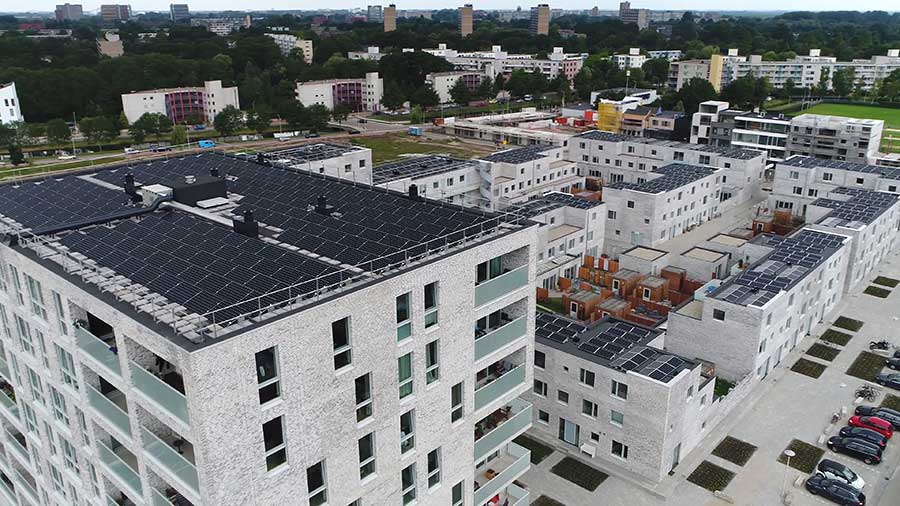
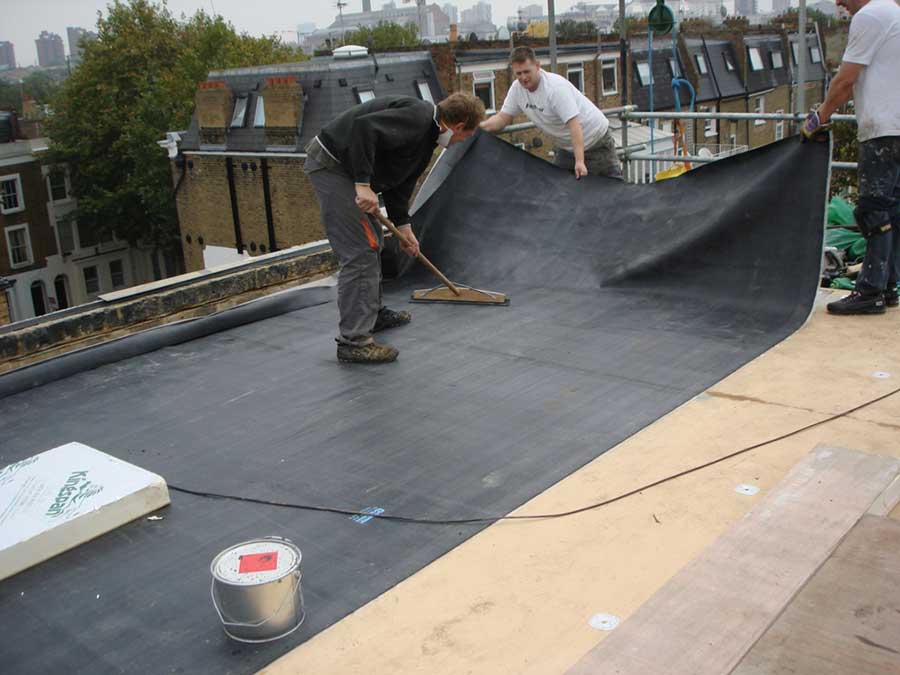
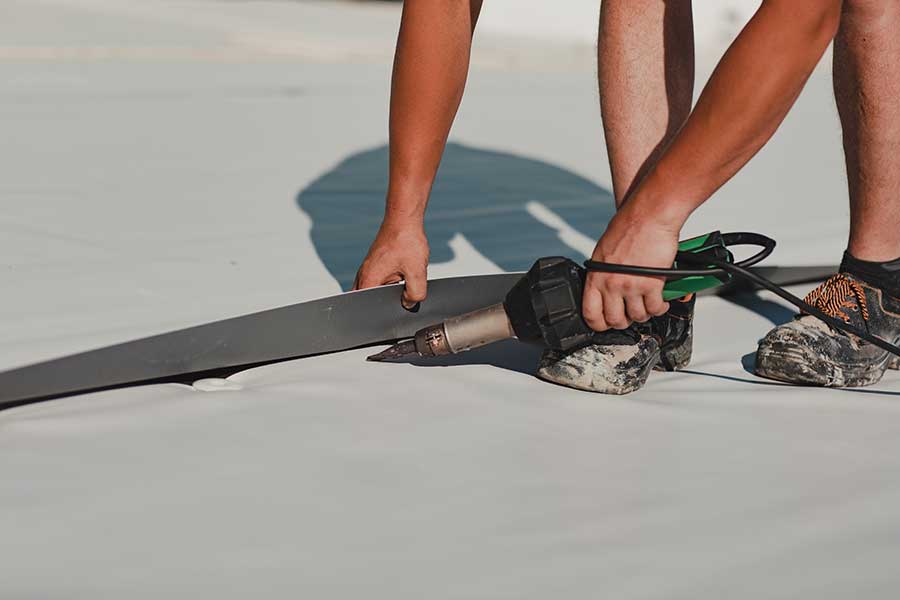

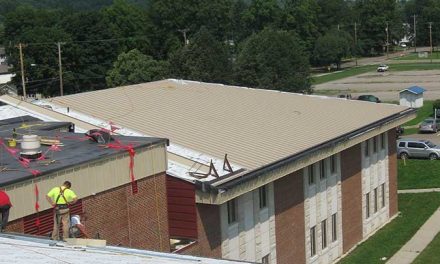
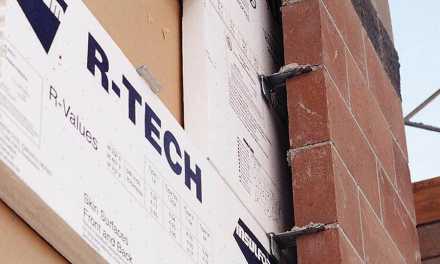
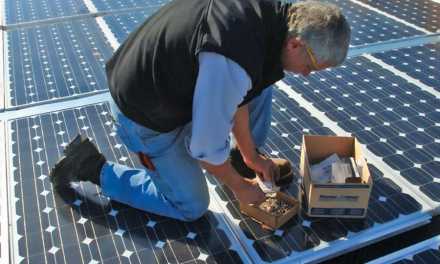










I like this TPO because I think TPO is mold-resistant, so it certainly can last long. It doesn’t also collect dirt and offers great resistance to strong forces.
A TPO roof is a newer material, so its durability will be less assured. That said, go for EPDM if you want to be extra cautious.